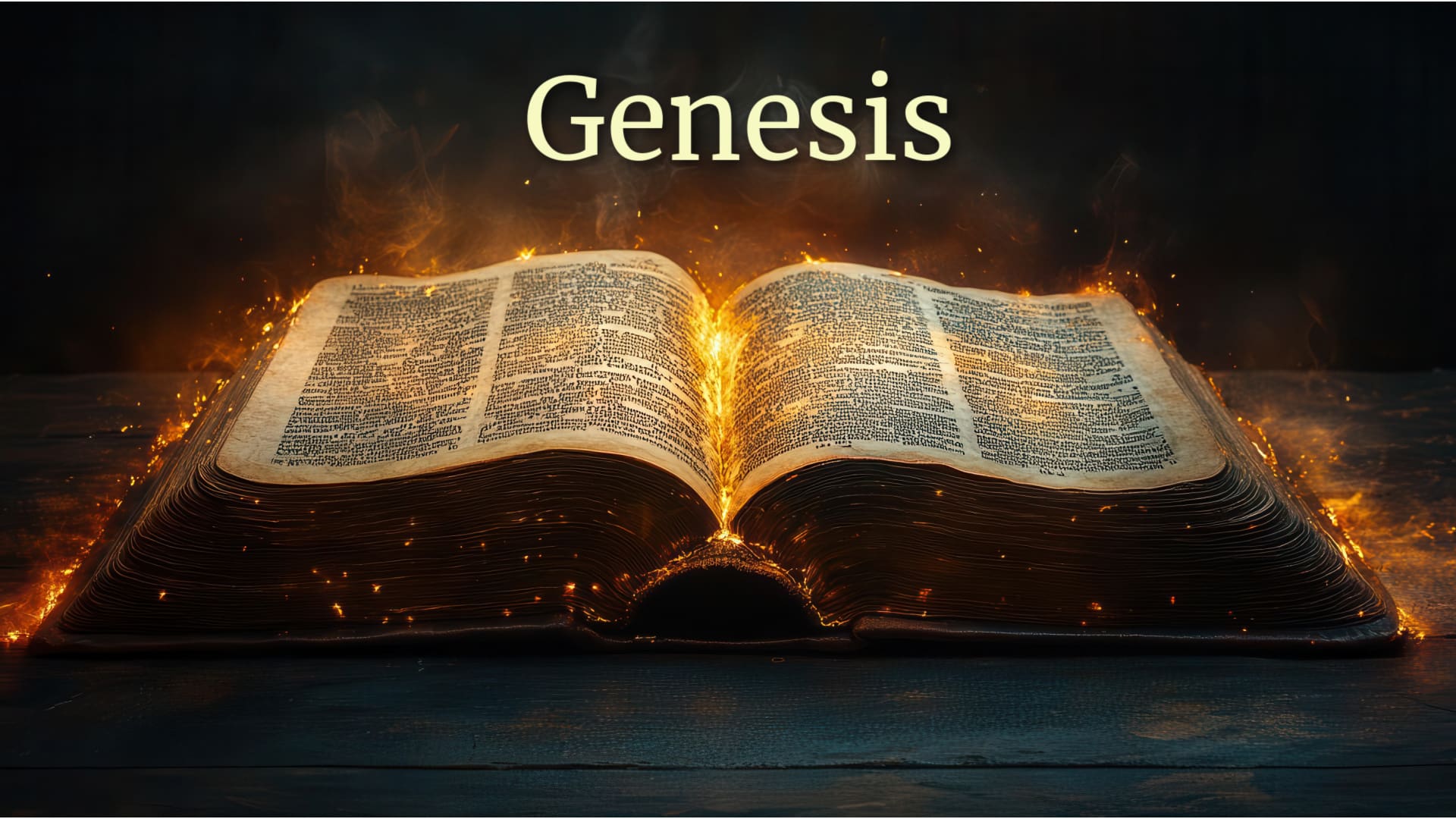
The Jewel of the Sixth Day: The Image of God
Let us make man in our image and likeness … male and female He created them (Gen. 1:26, 27).
There is simply no truth, no doctrine, no idea, that is more fundamental to the Judeo-Christian world view than man made in the image of God, both male and female. Everything from Genesis to Revelation hinges on this one idea. There is no end to the glories of this doctrine; in it are hidden all the answers to all the questions of the human heart. It is the pearl of creation, the jewel of the sixth day.
First, there is the divine plural, “let us make.” Hebrew grammarians insist that the plural is a “plural of deliberation” (Westermann). For instance, in the great Throne Room Vision in Isaiah chapter 6 we read, “Whom shall I (singular) send, and who shall go for us (plural); the plural and the singular are used interchangeably. Clearly those who originally received this revelation would have understood it such, and not as a divine plural referencing the Trinity. Chrysostom captures the meaning well:
It is humanity, the greatest and most marvelous of living beings, and the creation most worthy of honor before God … There is here this deliberation, collaboration and communion not because God needs advice, God forbid saying such a thing! – but so that the very impact of the language of our creation would show us honor.
Sermons on Genesis 2.1
It is critical for us to understand that nowhere does the text define what the “image of God (Lat. imago dei) means in humanity. True, the immediate context links the imago dei with dominion (1:26). However, the idea of dominion in and of itself cannot exhaust such an expansive and suggestive idea. This is a critical point; the imago dei is the great human mystery of which our human minds can never get down to the bottom. It is our glory as divine image bearers never to be explained fully, just as, by analogy, we can never explain God, although He is eternal, and we are finite. Therefore, all attempts to reduce this idea down to one aspect of our humanity are bound to fail. All we can do is meditate on it, circle around it, and turn it round and round in our minds and hearts until we begin to see all theology open through it. The greatest travesty that has happened to our culture when it embraced the secular model of evolution by chance is the loss of this doctrine, and with it the total loss of our identity.
The dual Hebrew words linked together to establish this idea are ṣelem and demût, often translated as “image and likeness.” Scholars understand these two words as a “hendiadys” which means two words are placed together to express one idea too rich for one word. In this case, ṣelem means “image” and is even used elsewhere in reference to “idols” which men make. Hence, man is a “miniature,” or “replica” of God, so that when we gaze upon humanity, both male and female, especially when righteous, we are gazing at God. However, the word demût (likeness) necessarily limits this idea so that we must not mistake the Eternal God with mere man; we are “like” God, or analogous to God. Many of the old theologians (e.g. Irenaeus, Origin, Gregory of Nyssa) believe that man was made in the ‘image” of God by creation but must grow into the “likeness” by sanctification. This is not exegetically correct; it is clear from the text both properly belong to all humans and the “likeness” is not something lost due to the Fall and subsequently must grow into.
We see here that it is proper for God to make idols of Himself, but the reverse is presumptuous in Scripture. When humans make images of the Divine for worship, it essentially diminishes God in the eyes of their creators and becomes an object of manipulation and magic. Idol making is exclusively a Divine prerogative, and we humans are God’s “images!”
Moreover, we must not limit the divine image to one specific aspect such as our spiritual dimension in contrast to our physicality (contra Origen). It is said that God “breathed” into Adam’s clay form, and he became a “living soul” (2:7). The word ‘soul” (Heb. nepeš ) here used for the first time, denotes the totality of Adam. Our humanity is by necessity a union of the physical and the spiritual, the body and all that constitutes the inner psychological person. This must include the physical. Now we know that God is not “corporal” as we are (John 4:24). Still, though God is everywhere and fills all things (Jer. 23:24), God is never understood in the Bible as amorphous, a hazy “force” that cannot be “located.” God is everywhere, but He is somewhere, and even the highest of Seraphim will not look fully into the face of uncreated light. So, whatever “form” God takes in the spiritual realm, our bodies are understood to be comparable or compatible with It.
No matter how hard our secular culture wants to see humanity as a mere “animal,” it cannot get away with such insipid simplicity. There is something that glows special in all humans, and it takes a thoroughly jaded person not to admit this, or at least a dishonest one. This special glow has a theological name, the “imago dei,” a direct result of intimate contact with the Divine Breath, the jewel of creation.
Takeaway: The image of God comprises the whole of us humans, both body and soul.
Questions:
- Do you see yourself in your totality made in the image of God? Others?
- How would a deep meditation on this change your life?
0 Comments